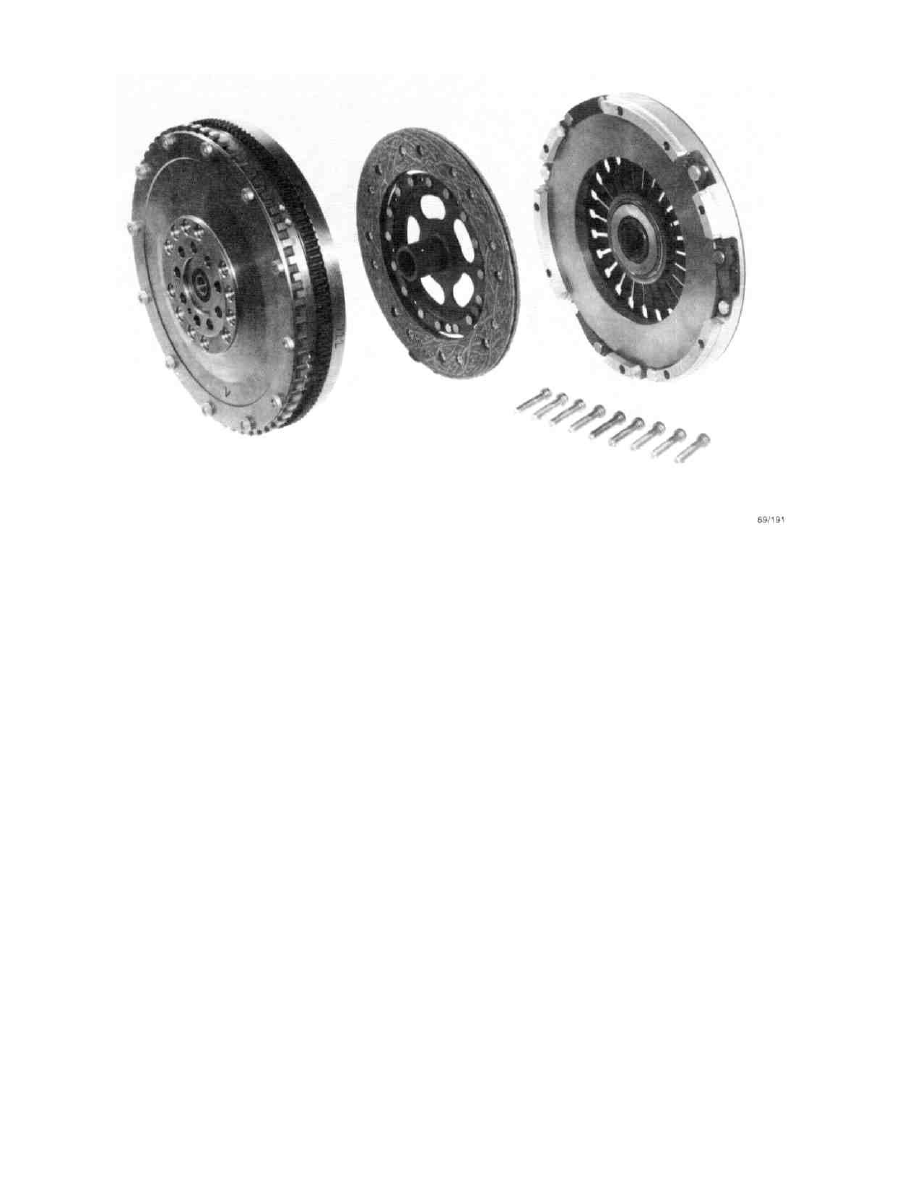911 Carrera 2 Targa F6-3600cc 3.6L SOHC (1992)

Flywheel: Description and Operation
Double Mass Flywheel
Power strokes and the firing order of the engine produce speed fluctuations, which cause torsional oscillation of the entire drive train because of their
irregularity.
This torsional oscillation in turn causes rattling, knocking or grinding of all loose parts with play and not in power flow (loose gear wheels, parts of
synchronization, shift elements). This could lead to disturbing transmission noise, especially at low engine speed.
In order to reduce the level of transmission noise, the torsional oscillation must be reduced enough prior to passing into the transmission, that it is no
longer found to be disturbing. Operation without noise is only possible when the resonance speed of the drive train is lower than the common operating
speed, e.g. less than 500 rpm.
This can be accomplished by increasing the mass moment of inertia for the transmission's input shaft with help of additional flywheel mass after the
torsion damper.
In order not to have to accelerate or decelerate this additional mass during shifts, a one-way clutch is in power flow behind the actual torsion damper. A
double mass flywheel is produced in this manner.
